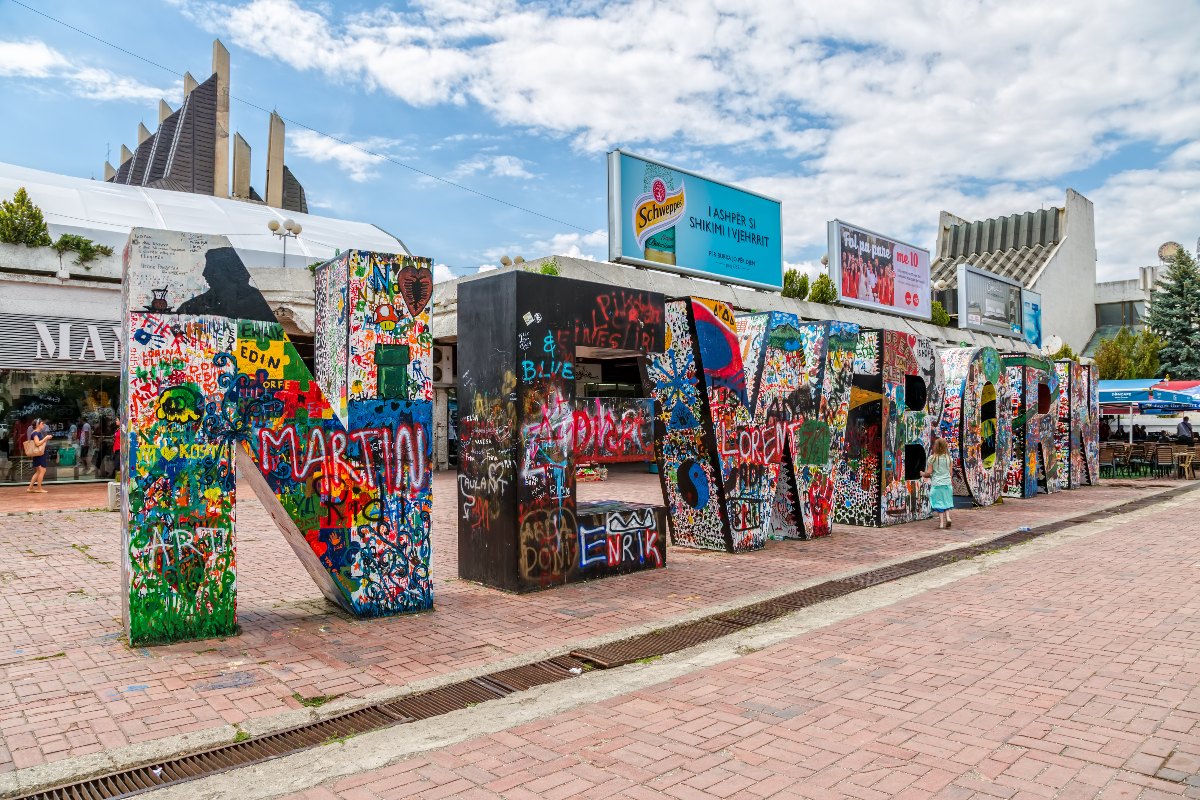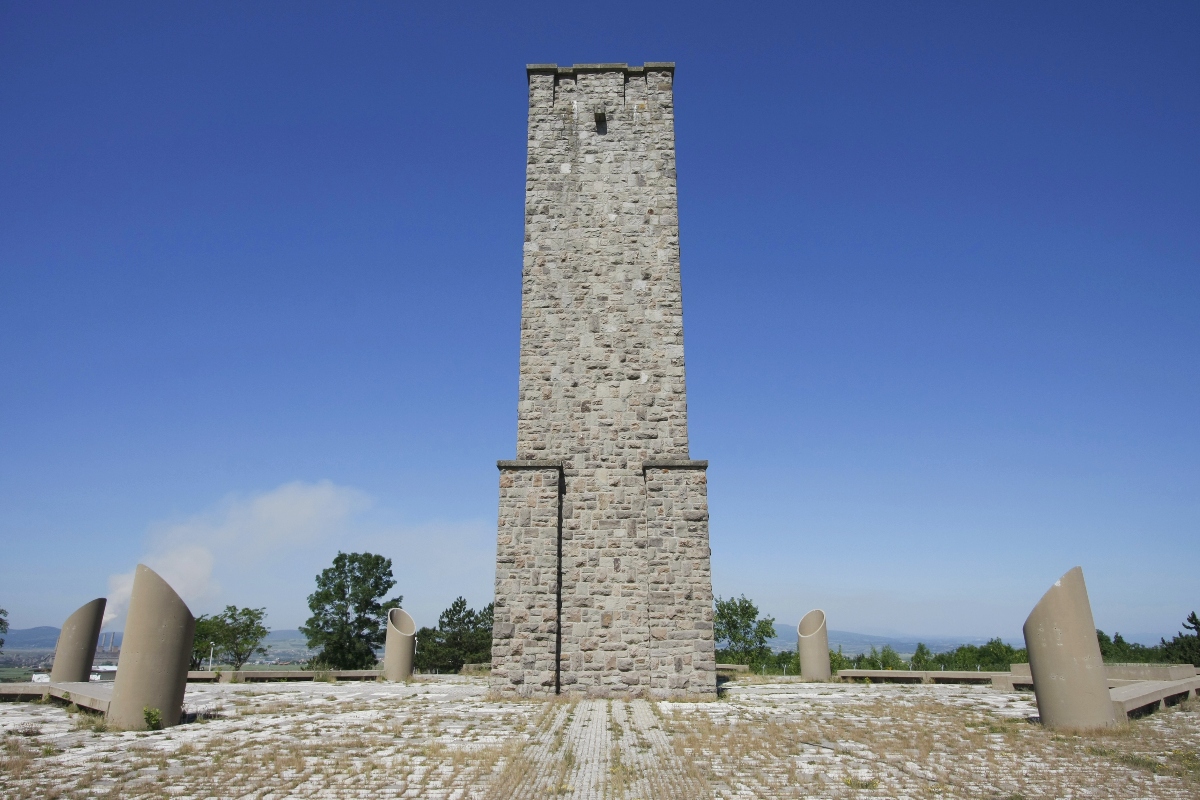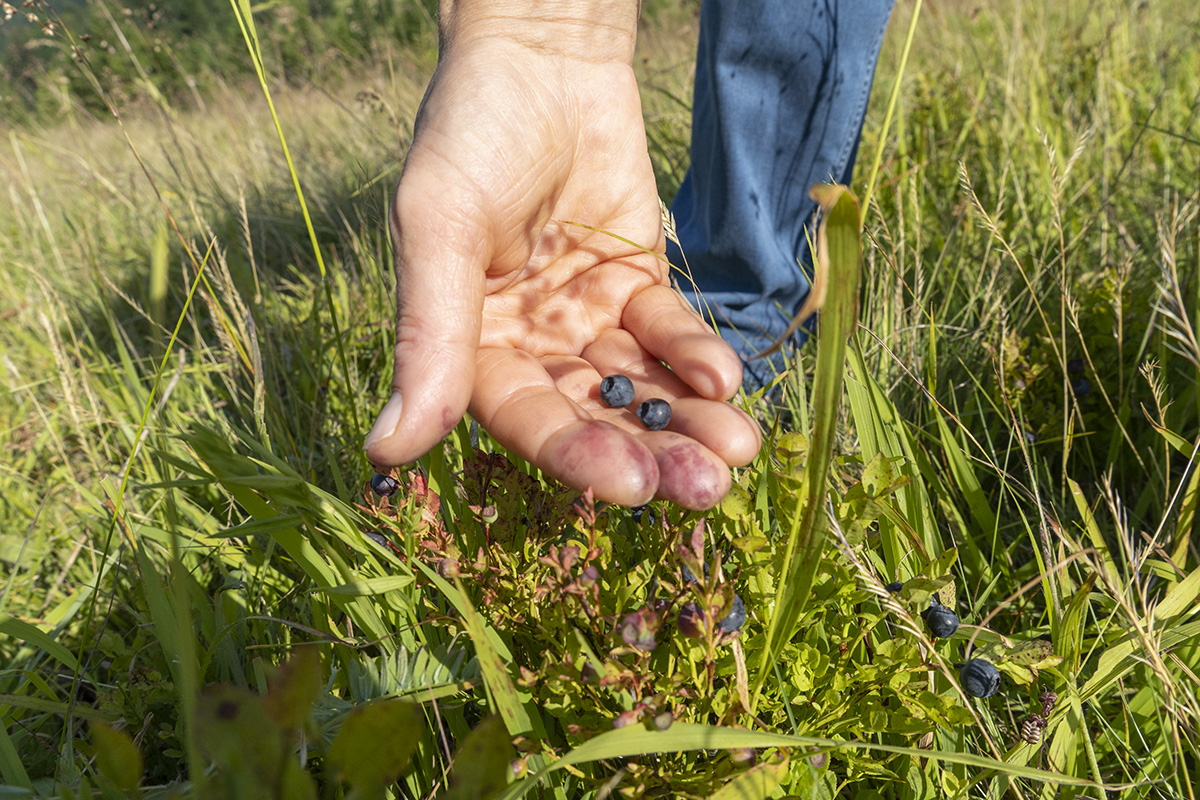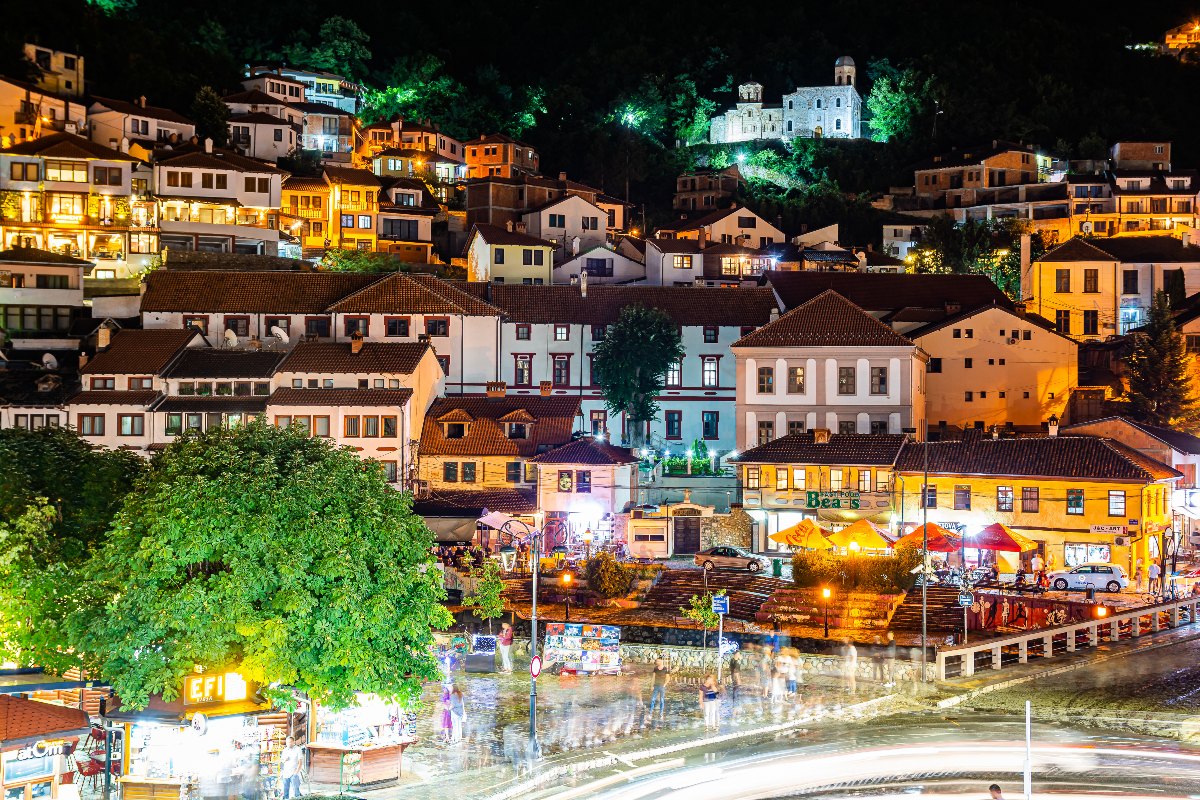The capital of Kosovo, Pristina, has a population of 200.000 and is rapidly expanding. To put it another way, there is a lot of construction going on all around the city, and if you go back later, you’ll be shocked at how much has changed in such a short period.
Pristina’s first impression is likely to be one of a chaotic synergy fueled by clogged streets, people who seem unconcerned with the little traffic regulations in place, and loud construction noises that merge in with the echoes of ancient monastery bells and the muezzin’s call from the mosque.
Despite the overwhelming pandemonium might be your first impression, Pristina will capture your heart if you give it a chance and make sure you delve deep into its vibrant atmosphere.
You will need two full days at least to soak up the city’s atmosphere and, no matter what you do, always remember to interact with people and that you chose this city to embrace some new knowledge. Allow yourself to completely savor this experience and make sure to check out the following places:
















